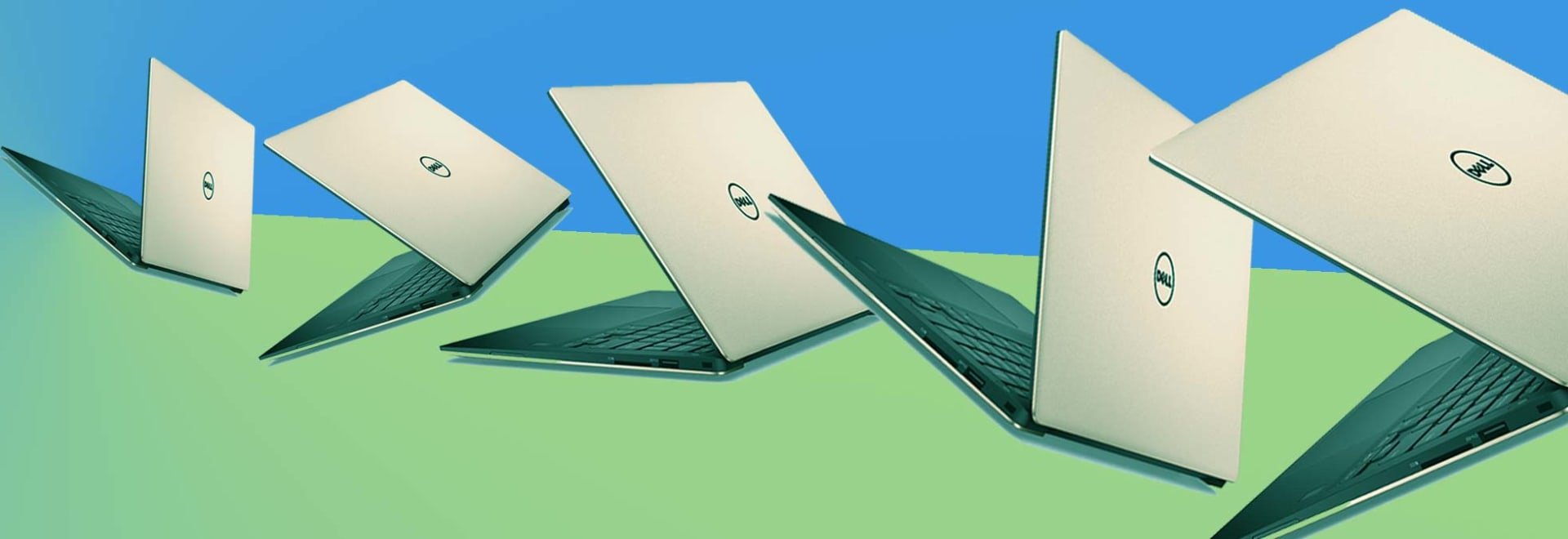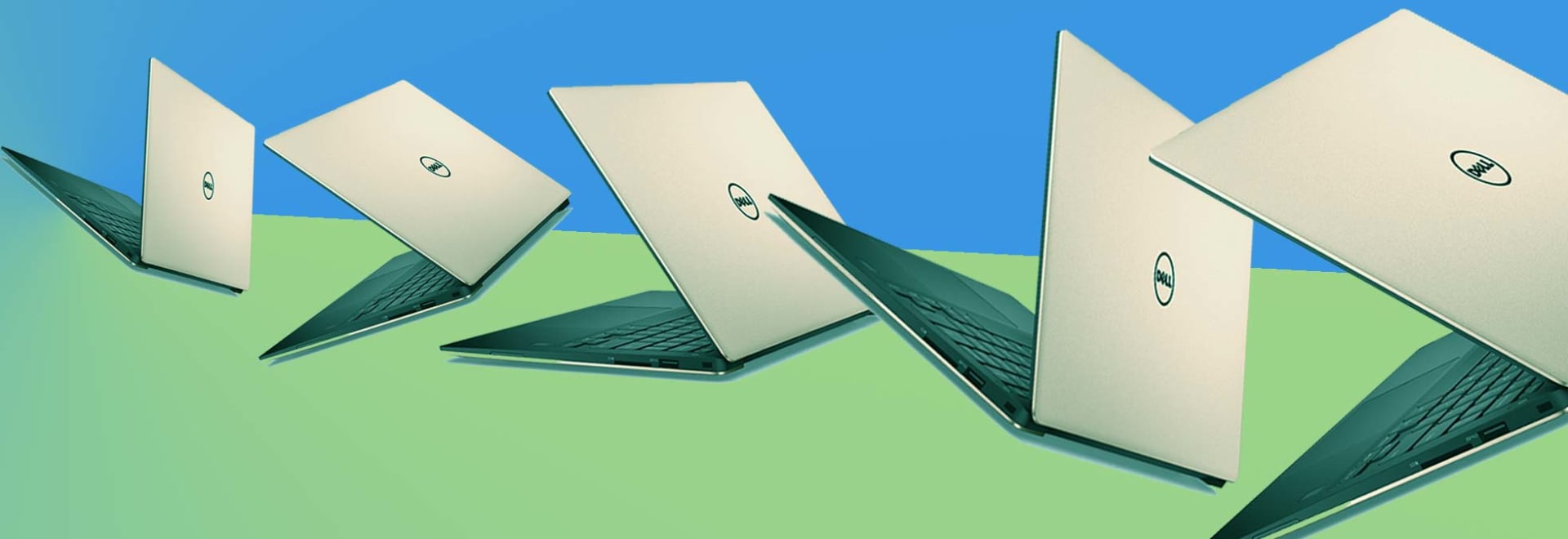Over the past year, consumers have seen a number of exciting developments in laptops, and more are coming in the next few months. That could make 2018 a good time to consider a new laptop.
Once the 2018 computers arrive in stores in the coming months, you’re likely to find more quad-core processors, which help speed up everyday tasks such as applying filters to photos and unzipping large files.
Solid state drives, which not too long ago were found mostly on expensive models, should be found on many reasonably priced laptops.
And you’ll also see more computers with high-resolution 4K displays. (There are advantages and drawbacks to those screens. In brief, you may get worse battery life but see more detail in 4K shows, such as Amazon’s “The Grand Tour.”)
These developments are all building on what laptop makers were selling in 2017.
Something completely new in 2018 will be Always Connected PCs, a new kind of laptop from multiple companies that will run on Qualcomm mobile processors. These laptops will be able to connect to the web through 4G LTE cellular networks, the same way your phone does. The connectivity may not be the best part, though. Manufacturers are making big promises of all-day battery life for these machines.
In addition, laptop makers are improving display technology and making other tweaks to laptop features. The details are below, but first let’s start with the most important factor for many of us: price.
Contents
More Laptop for the Money
Right now, spending about $1,000 will get you a top-tier laptop in the range of 12 to 13 inches. In fact, some of our best picks from 2017, including the latest revision of the HP Spectre x360 and Dell XPS 13, come in at about that price.
In 2018 a top-tier laptop should still cost about that much but will be packed with more features and performance. And you’ll find much the same story with more moderately priced laptops.
“What matters for consumers is they may be able to get a more feature-rich product for the same price that they were paying” in 2017, says Rhoda Alexander, director of tablets at PCs and IHS Markit, a research firm. In her view, laptop manufacturers are likely to have a target price in mind for a particular model—say, $1,000—and will then work backward from there, packing in as much memory or processor speed as possible without going higher.
Laptops will also get a smattering of other improvements, from integrated fingerprint readers to redesigned trackpads.
“All the kind of luxury items that they’re tacking onto laptops, that’s how they’re hoping to justify these price points,” says Jackson Somes, a market analyst at Gap Intelligence.
Bottom line? Prices may not fall but you’ll be getting more bang for your buck in 2018 than you did in 2017.
Better Displays
The biggest tech innovation in TVs over the past couple of years has arguably been high-dynamic range, or HDR, which brings out details in the brightest and darkest parts of an image. The technology can do more than 4K to make movies and TV shows look rich and lifelike.
In 2018 the technology will be coming to more laptop screens as well.
“HDR makes a huge difference when it comes to video consumption,” Alexander says. A handful of gaming laptops featured the technology in 2017, but she says it could become more prevalent in 2018, at least in more expensive models. “When shoppers can see that ‘pop’ on the screen, that’s a very clear draw,” she adds.
Just to be clear, to see a difference you’ll have to be playing a movie or TV show that has been mastered to take advantage of HDR. Those offerings were still somewhat thin in 2017, but streaming services including Amazon Prime and Netflix are planning a lot of new HDR content for 2018. Keep in mind that—at least in TVs—not all HDR displays do a great job with the technology.
Always Connected PCs
The biggest new technology in 2018 laptops will be the Always Connected PCs mentioned above, according to analysts and computer manufacturers.
We expect to see Always Connected laptops from companies including HP, Lenovo, and Asus at CES, the electronics convention held in Las Vegas in early January.
A big question will be pricing. We don’t know whether consumers will be expected to pay a premium for Always Connected laptops. We also don’t know what it will cost to connect to a cellular network. Will you need to pay an extra fee to your cellular provider to add the device? Or could at least some connection charges be baked into the up-front price? (That’s the way it works with many Amazon Kindle readers.)
Once we get these laptops into our labs, we’ll be looking forward to testing their battery life.
If the promises pan out, it could change the way you think about laptops. You could use an Always Connected laptop more like an LTE-enabled tablet, confidently strolling to a café or library while leaving the charging cord behind.
“It now kind of seems like the beginning of 2018 is going to be an arms race for battery life,” Somes says.
[“Source-consumerreports”]











